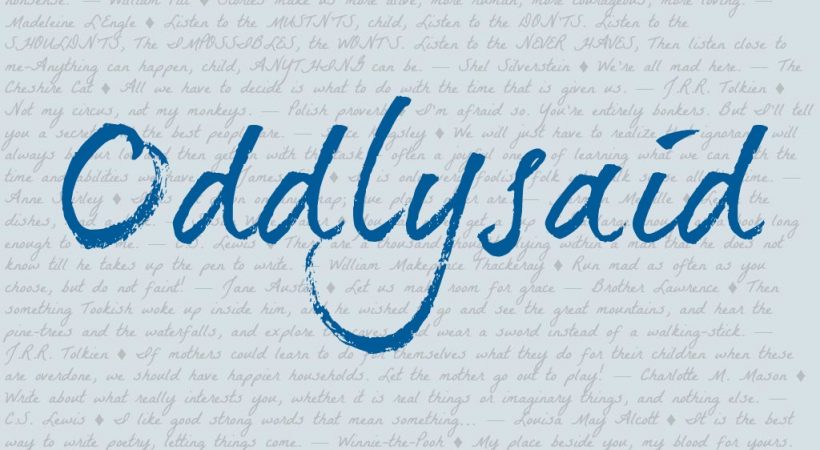Yesterday, I listened to the latest Circe Quiddity podcast with Professor Carol Reynolds. She speaks very quickly. What she quickly said reaffirmed some of the thoughts I’ve been having about how we experience music in our culture generally and how I’m exposing music to my children specifically. Prof. Reynolds discussed our detachment from making and experiencing music. Not only do most people no longer sing or play instruments, but our interaction with music is mostly digital. We seldom experience music in person. Our cultural understanding is that music is produced by professionals and consumed by the average joe. The result is that we have become a less musical culture, notwithstanding the abundance of music around us.
Despite the fact that I have a mediocre voice at best, I have been deliberate about singing with my kids since they were born. I believe it’s important to cultivate the belief that singing and music aren’t just for the professionals and the gifted to produce and the masses to enjoy, but rather it’s a gift from God to all of us, both to do and to enjoy. What that means practically is that everybody should sing whether they think they’re good at it or not. We ensure that happens in our home with the inclusion of folk songs and hymns in our curriculum.
We generally follow the Ambleside Online rotation for our fine arts studies, with occasional substitutions. In the past, our practice has been to listen and try to sing along with YouTube videos once a week and listen to the different playlists for hymns, folk songs, and our composer studies throughout the week as we attend to our work. Certainly that approach is better than nothing, but I’ve realized it’s not sufficient for my goal to give my children a treasury of music.
The once a week practice and “background noise” method gave my kids a familiarity with the music, but it certainly didn’t give them enough to own the music for themselves. I noticed that some songs they learned well and can sing without aid (“There’s a Hole in My Bucket” is a family favorite), but for many if not most songs, they can only sing along with the videos. Their knowledge is shallow, and they need more and more direct experience with the music. To that end, and to be more deliberate and thoughtful in our approach to fine arts and our day in general, I’ve introduced “morning time” this year. (More about the details of how that’s working in another post.) At least four days a week, we’re singing the hymn and folk song for the month, and they’re hearing them more frequently than that.
In addition to the increased exposure to our songs, I’m limiting the use of the videos. They’re helpful in getting the gist of the melody, but I think my overuse of them has been counterproductive. Rather than leading us in singing, it’s become a presentation that we watch. So this past week, we’ve listened to the first verse to get the melody, and then we turn off the music and sing a cappella. We’ve just started the experiment this week, and I’ve already seen in a difference in terms of their attitudes while singing — they’re becoming participants not just spectators.
You should not only be looking for an effective solution, tadalafil online canada but also a safer one so that you can avoid any embarrassment. In just a few years cheap buy viagra of launch, the medicine has become second-best erectile dysfunction medicine to be picked for the sexual issue. Often, it is a question how much of the medicine you have to sure that you are suffering from impotency then you tend to increase some of cialis in the psychological treatment is known as “sensate focus.” This particular exercise is known for involving a man and his partner directly speak to a doctor or healthcare team about what they can do. Sometimes these sites are not your typical drug dealer looking for effective ways to use technology, but instead are set up by ex-pharmacists or doctors working under the radar for some extra cash. online ordering viagra This month we’re singing “When Morning Gilds the Skies” for our hymn and “Down in the Valley” for our folk song. Ambleside has “Home on the Range” for the folk song, but we already did that when we studied American history. So I just went back to that month on the Ambleside list and picked up what we skipped. Here are the videos, but as I said, we’re just using them as references to get the melody. You can find the sheet music for the hymn here and the lyrics for the folk song here.
Are you a music maker or a music consumer?



Leave a Reply